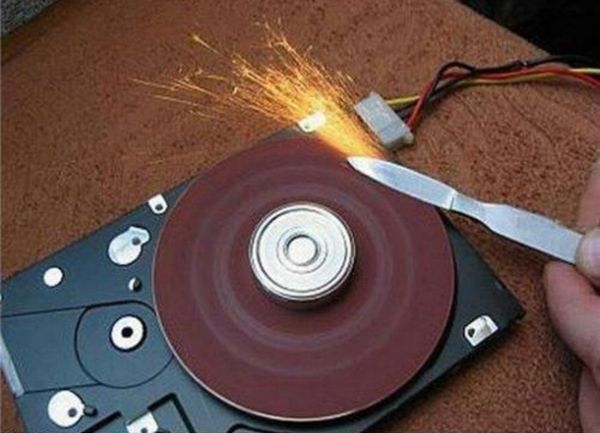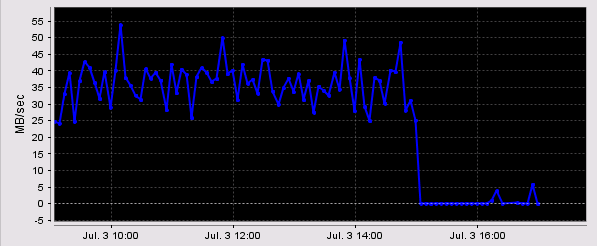System administrators are very inventive and lazy. I know, I used to be one of them. 🙂 Everything that can be done to make ones life easier is about to be scripted, configured, designed etc. If you are responsible for an overall environment from Apps to servers to networks and storage you can make very informed decisions on how you want to set up each different aspect of your environment. The last time I had this opportunity was back in 1995. Since then I have not come across an environment where a single person/team was responsible for each technology aspect of the infrastructure. As environments grow these teams grow as well. Business decisions like splits, acquisitions, outsourcing etc etc have enormous impacts not only on the business itself but also on people who are now forced to work with other people/teams who may have different mind-sets, processes and procedures and even completely different technologies. In many such instances strange things will happen and result in a very unpredictable behaviour of compute, network and storage systems. Below I’ll give you such an example where decisions from a systems-level perspective results in massive problems on a storage network.
Host based mirroring kills your storage network!!






